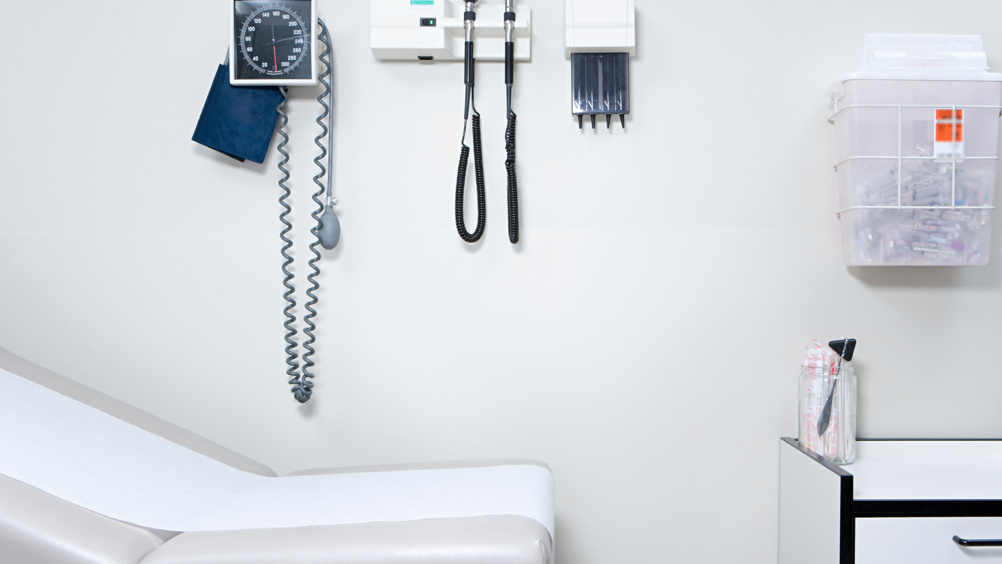References
A dual pressure indicator, two-layer compression system for treatment of venous leg ulcers: a review

Abstract
Objective:
Venous leg ulcers (VLUs) are considered the most frequent category of hard-to-heal limb ulcers. Although evidence-based care of VLUs suggests that compression therapy plays a pivotal role in the standard of care, patient adherence is considered low, with at least 33% non-compliance, either due to perceived problems from clinicians regarding their own competency in applying the bandages, or from the patient finding the wrapping bothersome. For many years, four-layer bandaging has been considered the ‘gold standard’, but application can be difficult and may also prove uncomfortable for patients. Accurate application may be facilitated by a stretch indicator which has been engineered to act as a surrogate for appropriate pressure application that can address the skill concern, while fewer layers can save clinicians' time and improve the quality of life of patients. Here, we review the literature supporting a two-layer system which combines elastic (long stretch) and inelastic (short stretch) components as well as both layers having graphic markers to define that the dressing has been applied at the proper tension.
Method:
An initial search was conducted on PubMed and then followed up by a manual search of Google Scholar to retrieve evidence of different levels, in order to evaluate the outcomes of use of the specific two-layer compression system with pressure indicators in the management of patients presenting with VLUs.
Results:
A total of four papers discussing the specific compression system in question were identified from 32 publications retrieved from PubMed, while a further six were retrieved from Google Scholar. These 10 publications were considered relevant to the two-layer system and were analysed for the outcomes of care, including wound healing, appropriate application, time-saving and better patient acceptance and adherence.
Conclusion:
Previous authors have demonstrated that two-layer systems are equivalent to four-layer systems. However, the ability to reproducibly apply appropriate compression has remained a question. The papers reviewed demonstrate that evidence suggests that the two-layer compression bandage system with indicators provides continuous, consistent and comfortable treatment that may be easier to apply with accurate pressure levels due to their indicator systems, and therefore, is a procedure that may increase patient adherence and acceptability to the wound therapy.
Venous leg ulceration and compression therapy have been documented in history for centuries.1,2 Pictorial evidence shows compression being applied for lower leg ulcers in ancient Greece, which is credited to Hippocrates (4th Century BCE), and it is mentioned that King Henry VIII of England was afflicted by recurrent venous leg ulcers (VLUs).1,2
Notwithstanding advances in healthcare, VLUs still present a substantial burden for patients and health professionals worldwide.3 Chronic venous insufficiency (CVI) is stated to be a component in up to 80% of lower limb ulcers,4 with VLUs affecting approximately 1% of the population and 3% of people ≥80 years of age in westernised countries.5 With the ageing and increasing obesity of the population of the western world, global prevalence of VLUs is predicted to escalate dramatically.5
Register now to continue reading
Thank you for visiting Journal of Wound Care's Silk Road Supplement and reading some of our peer-reviewed resources for healthcare professionals across Asia. To read more, please register today.
